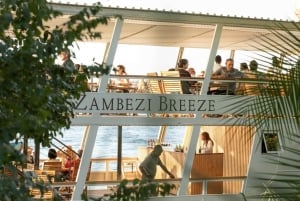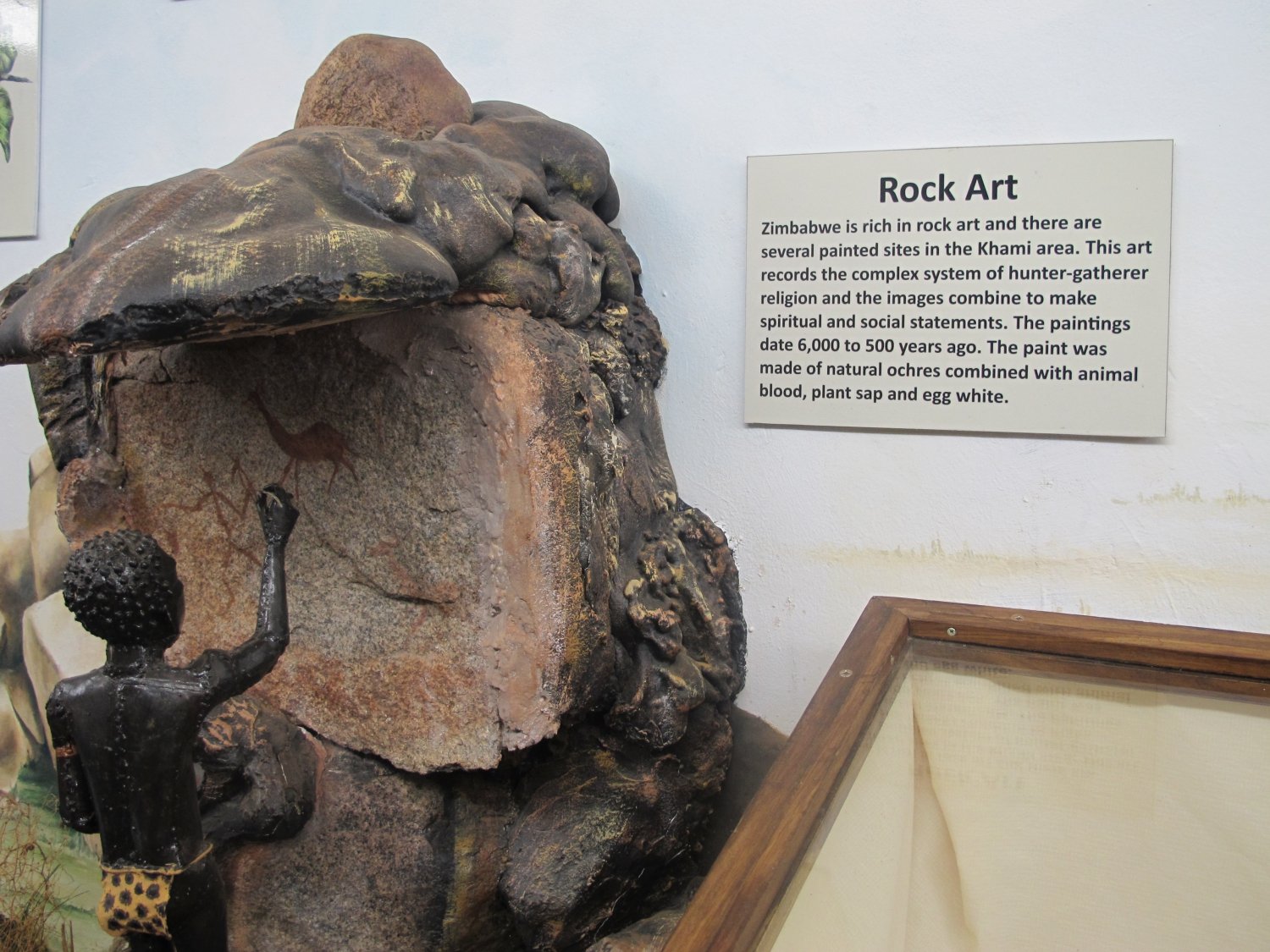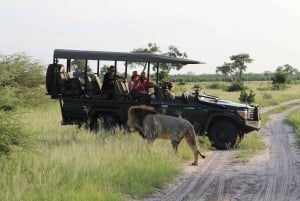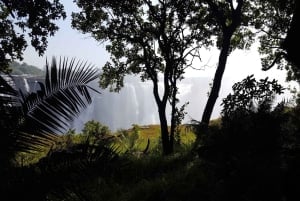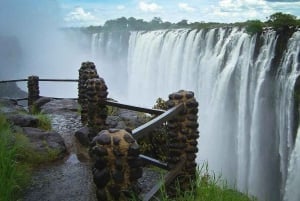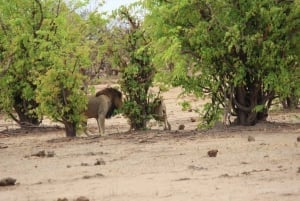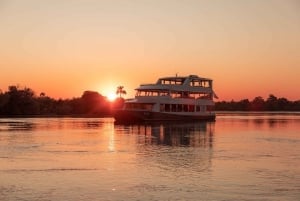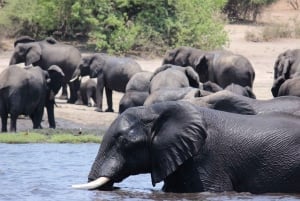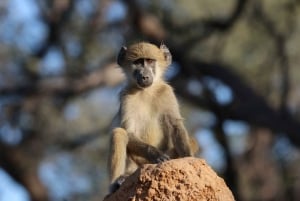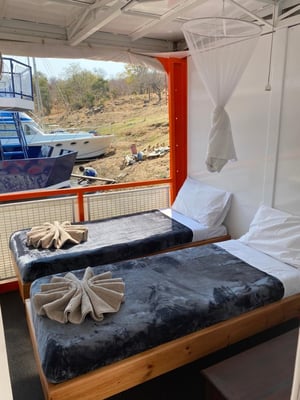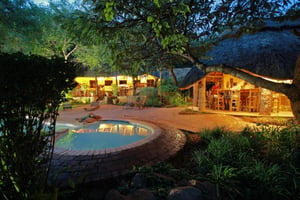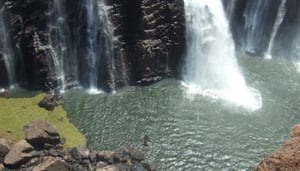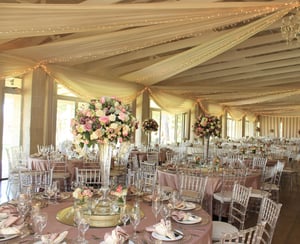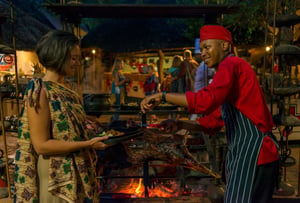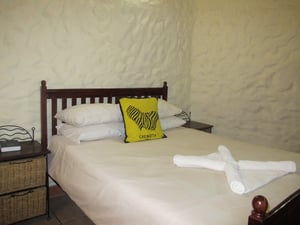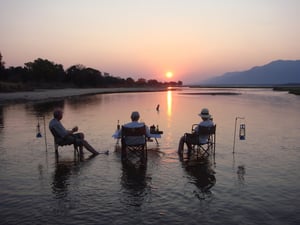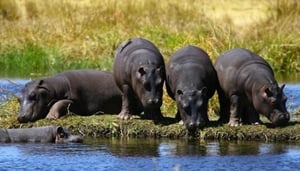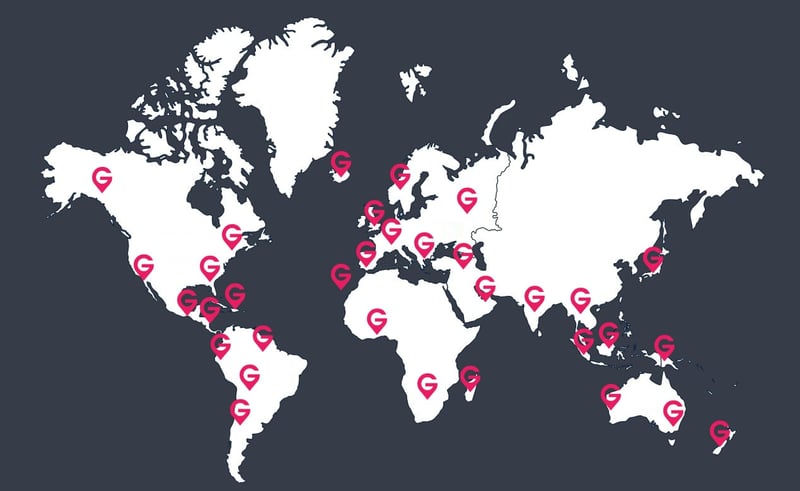The Khami ruins are located in the area close to Khami Dam some 22km out of Bulawayo. They are a dry stone walling historical site which was once the heart of the Khami state. It was declared a national monument in 1937. The Khami Ruins are also a Cultural UNESCO Heritage site. The ruins are believed to have belonged to the Torwa people. TheTorwa people are said to have moved to this region and grown in prominence when the Great Zimbabwe Empire was declining in the 15th century. Historians believe the Khami state was a powerful force which dominated western Zimbabwe and parts of Botswana for 250 years. There are some clear similarities in the architecture to the ruins in Masvingo. The main features at Khami are Passage Ruin, Hill Ruin, Cross Ruin, Precipice ruin and Vlei Ruin. The walls could have been protective but their intricate designs (checked, herringbone, chevron, and lines of dark stone) suggest they were decorative and a show of power and wealth.
Some interesting artefacts were extracted by archaeologists such as ivory charms, copper items, rulers, ornate clay pots and so forth which have helped shed light on how the society lived. It seems there was a distinct separation which was class-based and the Chief’s dwelling was on the Hill section of the compound (Hill Ruin). There are several rock-art sites located in the Khami area, these probably predate the community which put up the walls.
The ruins cover a total area of around 108 hectares. It is now unpopulated and so much of the land is home to several species of birds, snakes, mammals, and insects. Some common birds include – lilac breasted roller, African fish eagle, African grey hornbill etc. Animals include –kudu, vervet monkeys, steenbok, Rock hyrax, leopard tortoise etc. There is a small museum at the site which has exhibits depicting how the inhabitants of the area made their living, it also shows the vegetable and animal profile of the area. There is much to learn and marvel when one visits Khami.
